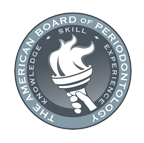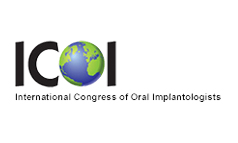Introduction:
In the world of regenerative medicine, scientists are trying hard to figure out how to make our bodies heal better. They’ve learned a lot and found some great ways to help with injuries and diseases that make our bodies break down. This guide will show you five really good ways to help your body heal itself better. We’ll explain how they work and when they can be used.
Summary
2. Platelet-Rich Plasma (PRP) Therapy
5. Low-Level Laser Therapy (LLLT)
1. Stem Cell Therapy: Pioneering the Future of Regeneration
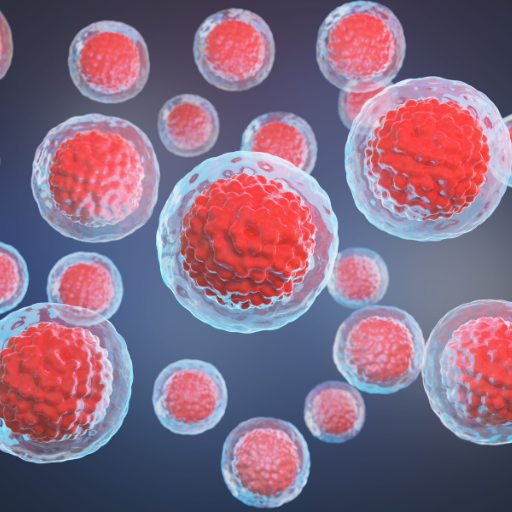
At the front of tissue fixing, stem cell therapy is like a light of hope for people with lots of medical problems. Stem cells are super special because they can turn into different kinds of cells, which helps a lot when fixing broken tissues or organs. Scientists are changing how they treat things like hurt backs or sick hearts by using these amazing cells.
In stem cell therapy, doctors take stem cells from a person’s body or from someone who matches them. Then, they grow these cells carefully and put them where the body is hurt or broken. These cells change into the right kind of cells to help fix the problem. Scientists are looking into all sorts of ways to get these special cells and make them work even better for healing.
2. Platelet-rich plasma (PRP) Therapy: Harnessing the Power of Growth Factors
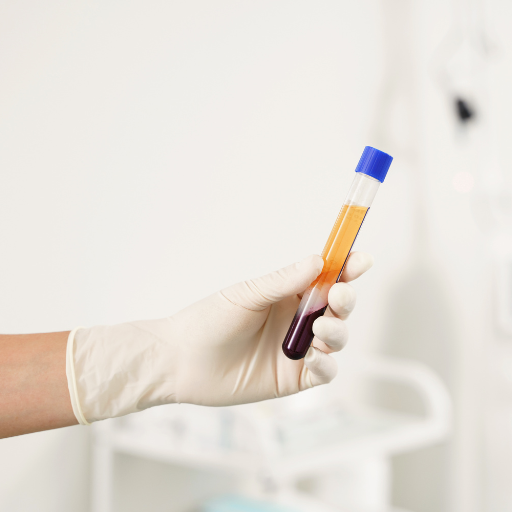
In recent times, doctors have started using platelet-rich plasma (PRP) therapy to help tissues heal better, especially in fields like fixing bones and muscles in sports injuries. This cool method involves taking a strong dose of platelets from the person’s blood and putting it back where they’re hurt or damaged. Platelets have lots of good stuff like growth factors and cytokines, which help cells grow and fix tissues, making the healing faster and better.
PRP therapy is a simple procedure that doctors can do in their offices without making your stay in the hospital. After getting the platelet-rich plasma ready, they inject it right into the place that needs fixing. This makes the body’s natural healing system work better. People with tendon problems or joint pain, like arthritis, have seen good improvements with PRP therapy, feeling better and moving more easily after treatment.
3. Tissue Engineering: Engineering a Brighter Future for Medicine
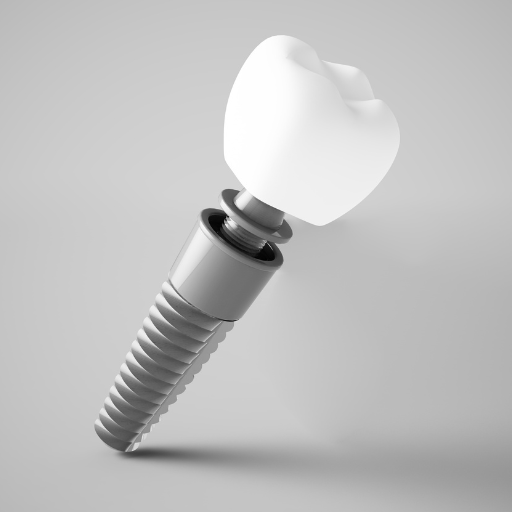
Tissue engineering is like a big change in how we fix bodies in regenerative medicine. It’s like making custom solutions to repair or replace tissues that are damaged. Scientists do this by mixing cells, special materials, and other stuff that helps tissues grow. Whether it’s fixing organs that don’t work right or making fake skin, tissue engineering has a lot of promise for solving problems like not having enough organs for transplants or when regular treatments don’t work well.
First, scientists take cells from the person who needs fixing or from someone who matches them. Then, they put these cells on a scaffold, which is like a frame made from materials that the body won’t reject. This scaffold helps the cells grow in the right shape and direction. By controlling things like temperature and food for the cells, scientists can make them grow into the kind of tissue that’s needed. With new technology like 3D printing and better materials, tissue engineers are finding new ways to make personalized treatments that can really change people’s lives.
4. Gene Therapy: Rewriting the Blueprint of Regeneration
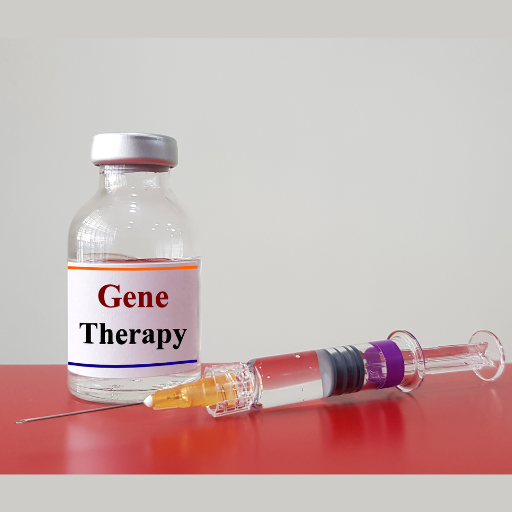
In the journey to unlock the full power of tissue regeneration, gene therapy has emerged as a game-changer in treating genetic disorders and long-term illnesses. This method works by putting special genes into specific cells to fix genetic problems and help tissues heal. It’s like giving cells a manual to do their job better. Gene therapy can do things like boost the healing ability of stem cells or fight off damage from getting older, offering a flexible way to help tissues regenerate and stay healthy.
Gene therapy includes lots of different methods for changing how genes work. This might mean putting in healthy versions of broken genes, stopping harmful genes from working using RNA tricks, or even editing the genetic code directly with advanced techniques like CRISPR-Cas9. By targeting the root causes of diseases at the molecular level, gene therapy has the potential to change how we treat illnesses and give new hope to people with conditions that we couldn’t treat before. Even though there are still challenges to making gene therapy safe and effective, ongoing research and testing are moving us closer to using gene treatments widely in regenerative medicine.
5. Low-Level Laser Therapy (LLLT): Illuminating the Path to Recovery
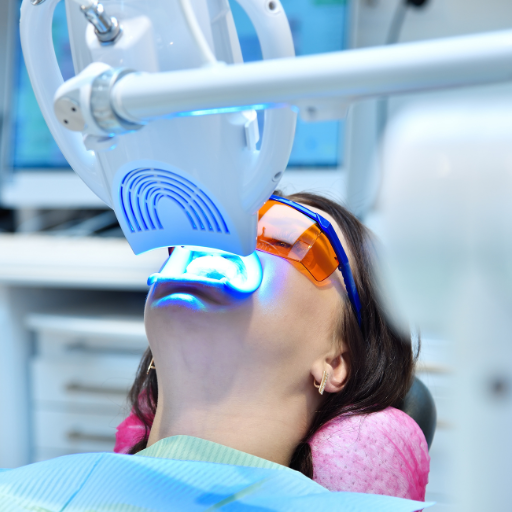
Using the power of light, low-level laser therapy (LLLT) has become a popular way to help tissues heal and reduce swelling without surgery. By sending specific types of light to where the body is hurt, LLLT gets cells moving more and helps them work better, which speeds up healing and repairs tissues. Whether it’s fixing cuts or muscle problems, this gentle but strong treatment taps into the body’s healing abilities.
LLLT works by something called photobiomodulation, where light energy is absorbed by parts inside cells, like cytochromes and enzymes. This sets off a chain of reactions that help tissues grow back and get better. Unlike the big lasers used in surgery, LLLT machines give off low-energy light that doesn’t hurt tissues. This means LLLT can be used for lots of things, like managing long-lasting pain, skin issues, and even some problems with the brain and nerves. With better laser tech and more proof that it works, LLLT seems like it could be really helpful for fixing tissues and making patients feel better.
Frequently Asked Questions (FAQs)
Q.1. What conditions can benefit from tissue regeneration therapies?
A.1. Tissue regeneration therapies hold promise for a wide range of conditions, including musculoskeletal injuries, chronic wounds, degenerative diseases, and even neurological disorders such as Parkinson’s and Alzheimer’s disease.
Q.2. Are tissue regeneration methods safe?
A.2. Many tissue regeneration methods are considered safe when performed by qualified healthcare professionals. However, as with any medical procedure, there may be risks and potential side effects, which should be discussed thoroughly with your healthcare provider.
Q.3. How long does it take to see results from tissue regeneration treatments?
A.3. The timeline for seeing results from tissue regeneration treatments varies depending on the specific method used, the severity of the condition being treated, and individual factors such as age and overall health. Some patients may experience improvement within weeks, while others may require longer-term follow-up to assess the full extent of benefits.
Q.4. Are tissue regeneration therapies covered by insurance?
A.4. Coverage for tissue regeneration therapies may vary depending on your insurance provider and the specific treatment being sought. It’s advisable to check with your insurance company to understand your coverage options and any potential out-of-pocket expenses.
Q.5. Can tissue regeneration methods be combined with other treatments?
A.5. In many cases, tissue regeneration methods can be complemented by other therapeutic modalities to enhance overall outcomes. Your healthcare provider can help develop a comprehensive treatment plan tailored to your specific needs and goals, which may include a combination of regenerative therapies, physical rehabilitation, and lifestyle interventions.
Conclusion
The study of tissue regeneration is changing quickly, bringing new chances for people dealing with all sorts of health issues. Scientists and doctors are using things like stem cells, special proteins that help cells grow, and advanced materials to make a whole new way of fixing bodies. This means we’re entering a time where we can heal injuries better, stop things from getting worse, and even fight off genetic problems. The future of tissue regeneration looks bright, promising to make us healthier and full of energy again.
For personalized support or to schedule a consultation, feel free to https://premierperiodonticspa.com/contact-us/ our dedicated team at (267) 908-4867. Your smile is our top priority, and we are committed to providing you with the information and assistance necessary to ensure your dental experience is both comfortable and successful. Trust us to prioritize your oral health journey, and we look forward to being a partner in your quest for a healthy and radiant smile.





